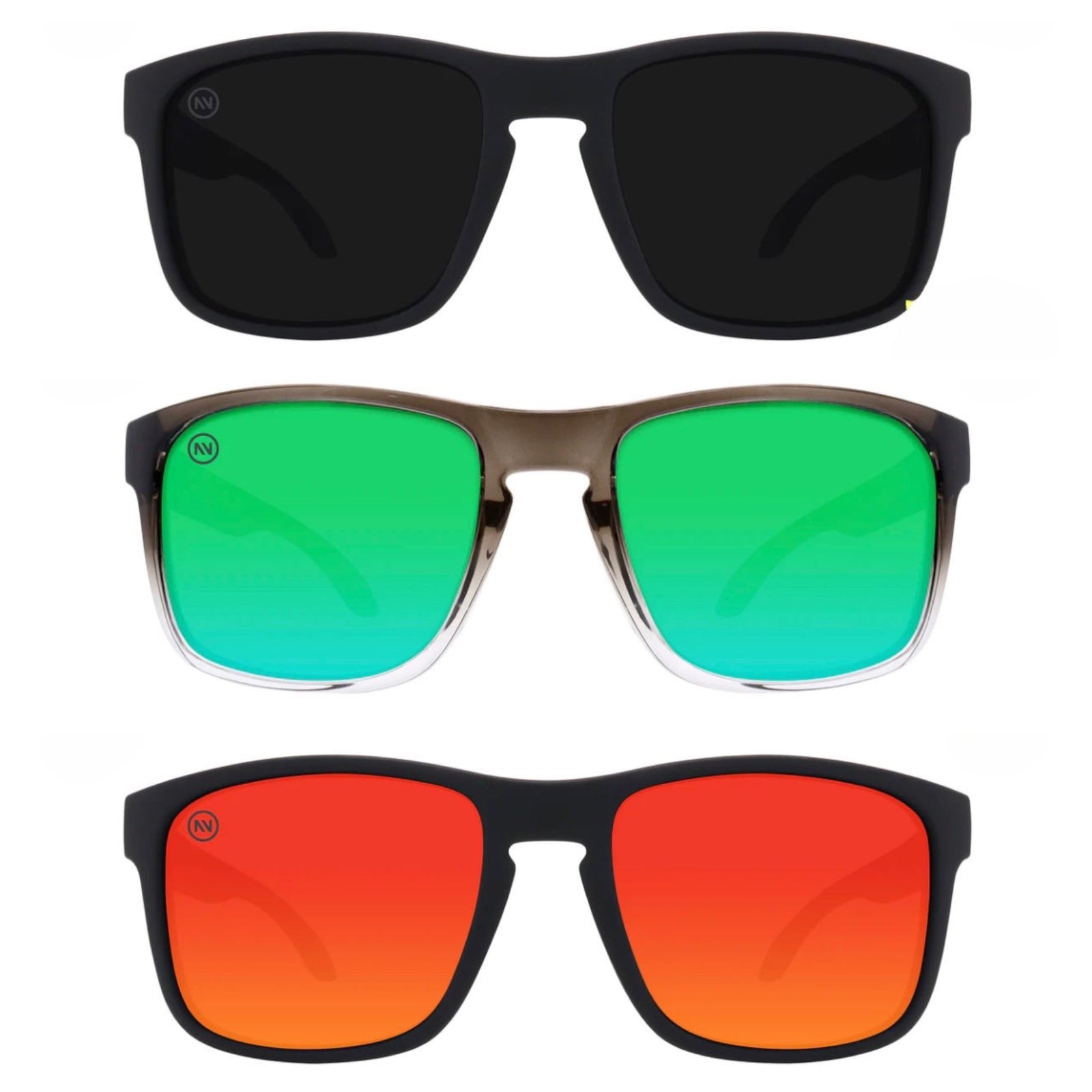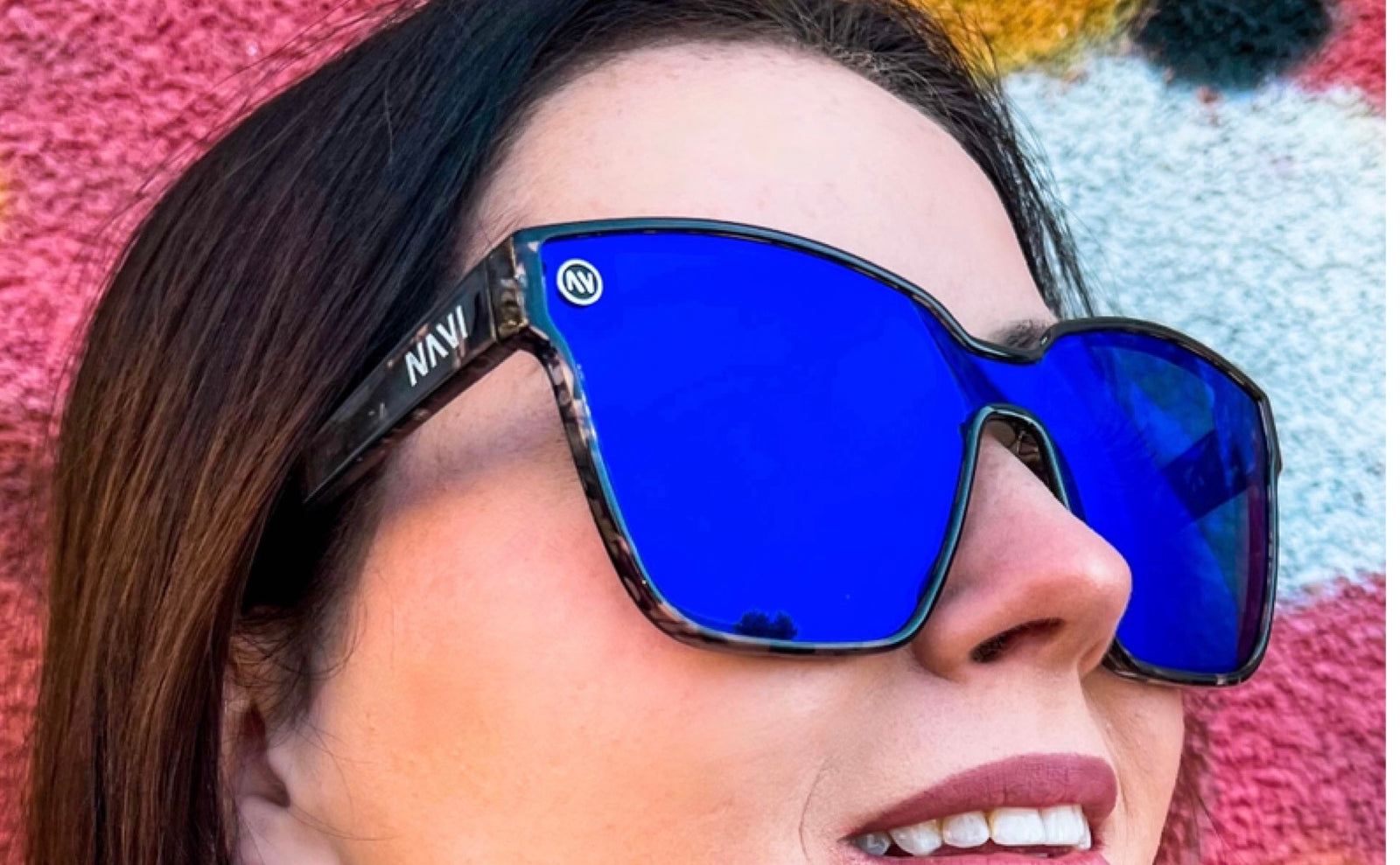As an avid fisherman, choosing the right sunglasses can make or break your fishing experience. Fishing requires focus, precision, and attention to detail, and sunglasses can enhance all of these qualities. With so many options on the market, it can be overwhelming to choose the right pair. This guide will walk you through everything you need to know to select the perfect pair of sunglasses for your next fishing trip.
Why You Need Sunglasses for Fishing
Fishing is a great outdoor activity, but it can also be tough on your eyes. The sun's glare can be blinding, and the water can reflect up to 100% of UV rays. This can cause serious eye damage, including cataracts, macular degeneration, and even blindness. In addition, polarized sunglasses can reduce eye strain, improve your vision, and make it easier to see through the water's surface.
How to Choose the Right Lens Color
When it comes to sunglasses, lens color is a crucial factor to consider. Different colors are designed for different lighting conditions and activities. For fishing, there are two main lens colors to consider: gray and copper.
Gray Lenses
Gray lenses are ideal for bright, sunny days. They reduce glare and provide accurate color perception. They also offer the highest level of protection against harmful UV rays. Gray lenses are perfect for fishing in open water and offshore conditions.
Copper Lenses
Copper lenses are better suited for low-light conditions, such as overcast days or early mornings. They enhance color contrast and depth perception, making it easier to spot fish and underwater structures. Copper lenses are perfect for freshwater fishing or inshore conditions.
Polarized or Non-Polarized Lenses
Polarized lenses are designed to reduce glare by blocking horizontal light waves. This makes it easier to see through the water's surface, reducing eye strain and improving vision. However, polarized lenses can also make it difficult to read LCD screens or see some types of fish hooks.
Non-polarized lenses, on the other hand, do not have this issue. They are also more affordable than polarized lenses. However, they do not provide the same level of protection against glare and UV rays.
Lens Material
The material of your sunglasses' lenses can also affect their performance and durability. Here are the most common types of lens materials:
Polycarbonate
Polycarbonate lenses are lightweight, impact-resistant, and offer excellent UV protection. They are perfect for fishing because they can withstand rough handling and impact.
Glass
Glass lenses are heavier than polycarbonate lenses, but they offer superior optical clarity and scratch resistance. They are perfect for fishing in bright, sunny conditions and provide a high level of protection against harmful UV rays.
Acrylic
Acrylic lenses are the most affordable option but offer the least amount of optical clarity. They are perfect for casual fishing or as a backup pair of sunglasses.
Frame Styles
The frame of your sunglasses is just as important as the lenses. Here are the most common types of frame styles:
Wraparound
Wraparound frames offer the most coverage, protecting your eyes from all angles. They are perfect for fishing in bright, sunny conditions and provide the highest level of protection against harmful UV rays.
Aviator
Aviator frames are a classic style that never goes out of fashion. They provide excellent coverage and are perfect for fishing in open water or offshore conditions.
Sport
Sport frames are designed for outdoor activities and offer a secure, comfortable fit. They are perfect for fishing in rough or windy conditions.
Fit and Comfort
The fit and comfort of your sunglasses are crucial to their performance. Here are some tips to ensure a proper fit:
- Choose sunglasses that fit snugly on your face without slipping or sliding.
- Look for adjustable nose pads and temple tips to customize the fit.
- Consider the weight of the sunglasses to ensure they are comfortable to wear for long periods.
Additional Features
Here are some additional features to consider when choosing sunglasses for fishing:
Anti-Reflective Coating
Anti-reflective coating can reduce glare and improve vision in bright conditions. It can also reduce eye strain and fatigue.
Mirrored Coating
Mirrored coating can provide additional protection against bright sunlight by reflecting it away from your eyes. It can also enhance visual clarity and contrast.
Photochromic Lenses
Photochromic lenses can adjust to changing light conditions, providing optimal visibility in any lighting situation.
Conclusion
Choosing the right sunglasses for fishing is crucial to your comfort, safety, and success. Consider factors such as lens color, polarization, lens material, frame style, fit, and additional features to find the perfect pair for your needs. With the right sunglasses, you'll be able to enjoy a clear view of the water, spot fish more easily, and protect your eyes from harmful UV rays.
FAQs
-
Q: What is the best lens color for fishing? A: Gray lenses are best for bright, sunny days, while copper lenses are better for low-light conditions.
-
Q: Do I need polarized lenses for fishing? A: Polarized lenses can be helpful for reducing glare and eye strain, but they are not essential.
-
Q: What is the best lens material for fishing? A: Polycarbonate lenses are lightweight and durable, making them ideal for fishing.
-
Q: What frame style is best for fishing? A: Wraparound frames offer the most coverage and protection for fishing.
-
Q: Do I need to spend a lot of money on fishing sunglasses? A: While more expensive sunglasses may offer better quality and features, there are affordable options that can still provide adequate protection and performance.




